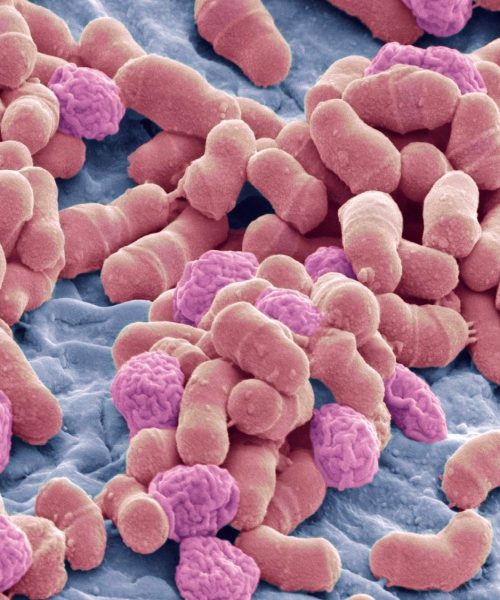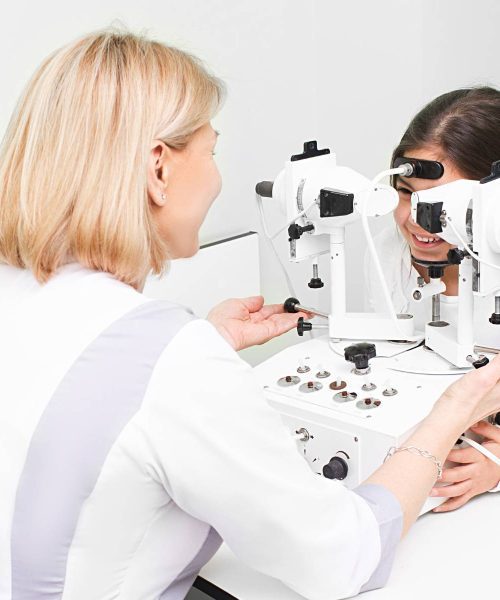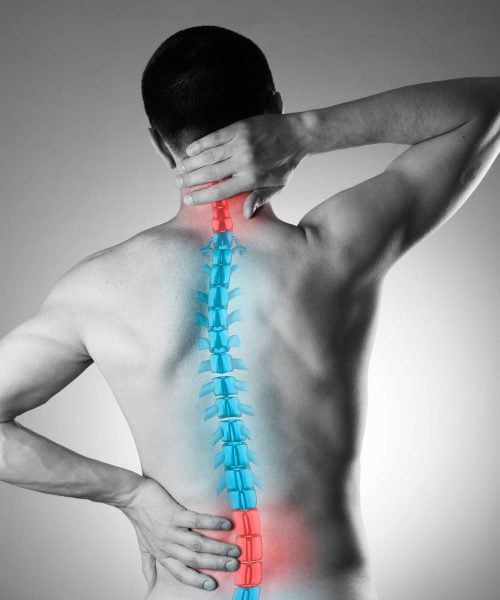Excessive sweating, also known as hyperhidrosis, is a common problem that affects millions of people worldwide. It can cause discomfort, embarrassment, and interfere with daily life. In this comprehensive guide, we will explore the causes of excessive sweating and discuss various treatment options to help you manage this condition effectively.
The Two Types of Sweat Glands
To understand excessive sweating, it’s important to know about the two main types of sweat glands in the human body: eccrine and apocrine sweat glands. Eccrine sweat glands are distributed throughout the body and produce sweat as a response to heat or physical activity. Apocrine sweat glands, on the other hand, are mainly concentrated in the armpits and groin area and are associated with emotional stress.
Natural Remedies for Excessive Sweating
Before considering medical interventions, you can try some natural remedies to manage excessive sweating. One effective approach is the use of antiperspirants, which can be easily purchased at stores. Look for antiperspirants that contain aluminum chloride, as they tend to be more effective in reducing sweat production. Additionally, some oral medications prescribed by healthcare professionals can help regulate sweating.
Maintaining Proper Hygiene
Maintaining good personal hygiene is crucial in reducing excessive sweating. Regularly showering and using antibacterial soaps can help control the growth of bacteria that contribute to body odor. You can also try applying potato or lemon juice to the skin, as they have natural astringent properties that can help reduce gland activity. Another alternative is hypnosis, which has shown promise in managing excessive sweating through a few sessions.
Regulating Body Temperature
Regulating body temperature is another key factor in managing excessive sweating. Drinking an adequate amount of water helps keep the body cool and hydrated, which can reduce the frequency and intensity of sweating episodes. Additionally, wearing loose and breathable clothing made of natural fabrics such as cotton can promote better airflow and prevent excessive sweating.
Iontophoresis: A Potential Treatment Option
For individuals seeking more intensive treatment, iontophoresis is a procedure that can be considered. Although it may sound intimidating, iontophoresis is a painless and safe procedure. It involves applying weak electrical currents to the affected areas using a specialized device. This helps reduce sweat production by disrupting the nerves that transmit signals to the sweat glands. However, it’s worth noting that iontophoresis may not be as effective as topical antiperspirants for everyone.
Sage Herb and Other Alternatives
Some individuals have found relief from excessive sweating by using sage herb. Sage can be consumed as a tea or applied topically to the affected areas. It has natural properties that help regulate sweat production. However, it’s important to consult with your physician before starting any herbal treatments or making significant changes to your routine.
In conclusion, excessive sweating can be a challenging condition to manage, but there are various treatment options available. From natural remedies to medical interventions like antiperspirants and iontophoresis, it’s important to find the approach that works best for you. Remember to consult with your healthcare provider to determine the most suitable treatment plan and to ensure your safety and well-being.







